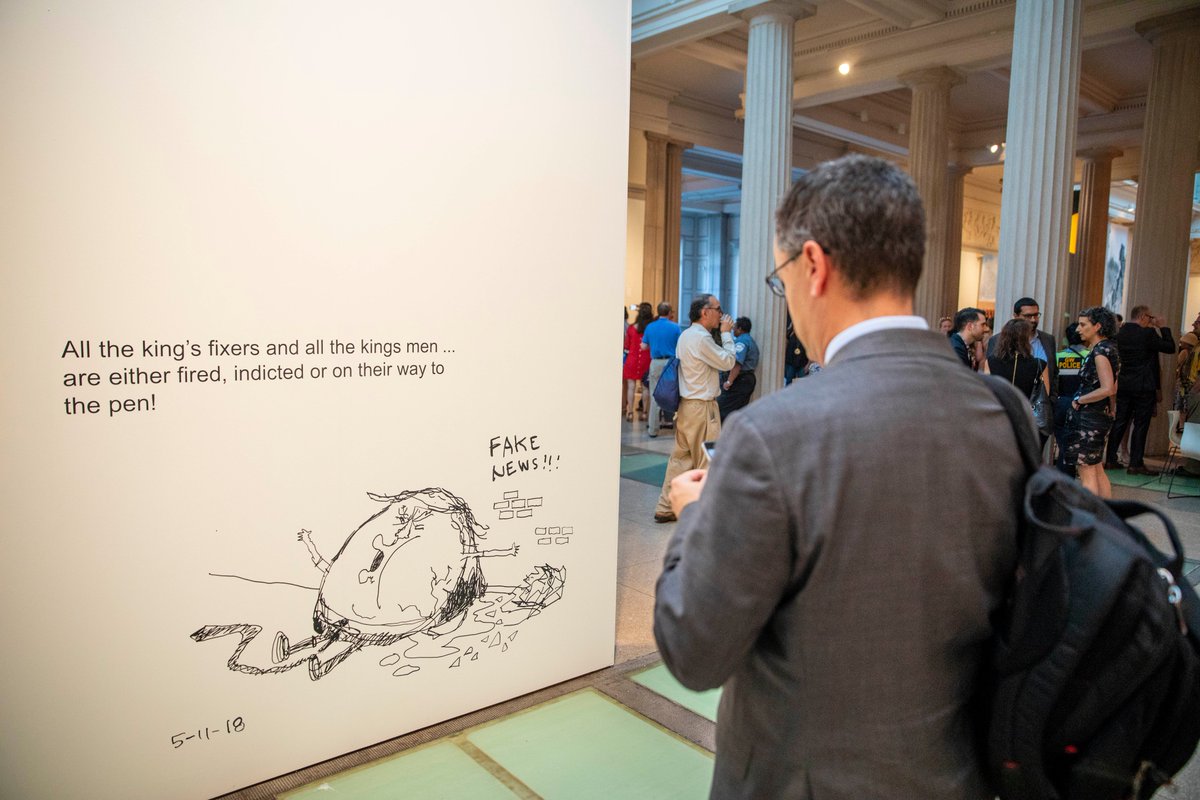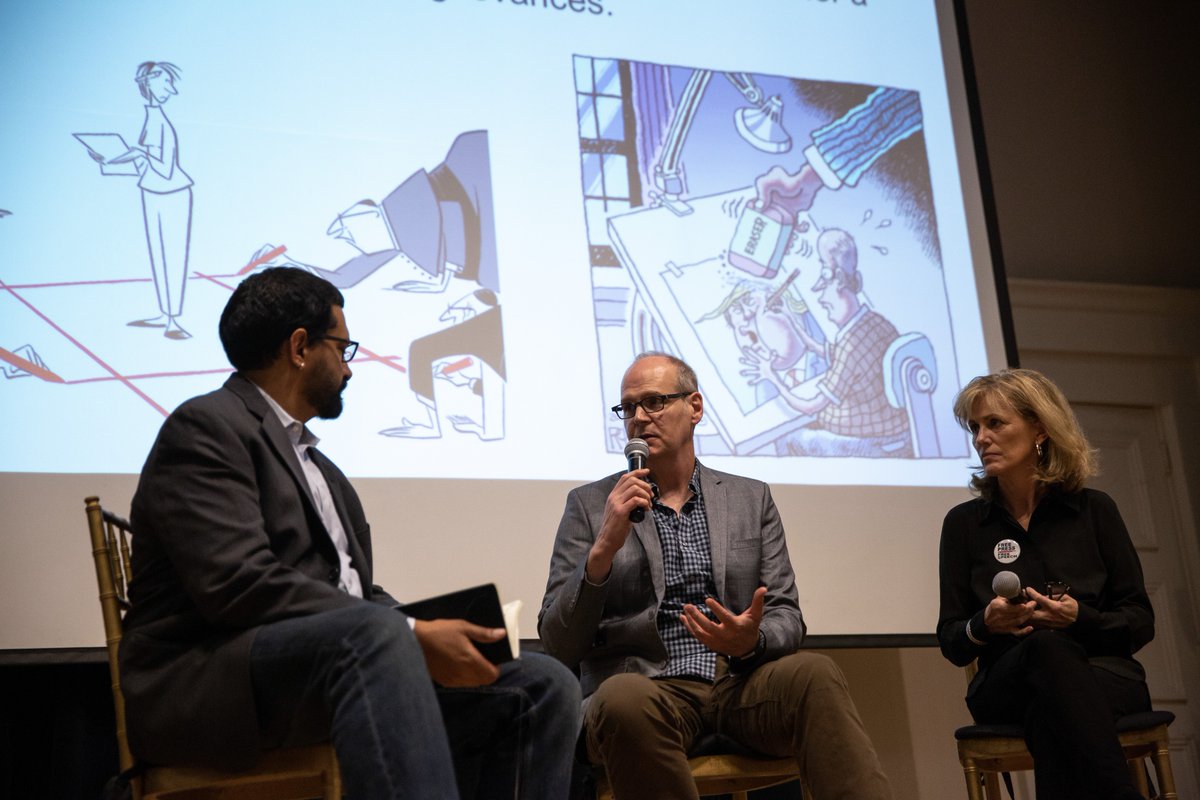On May 7, 1918, former president Theodore Roosevelt wrote in an op-ed piece in The Kansas City Star, “To announce that there must be no criticism of the President, or that we are to stand by the President, right or wrong, is not only unpatriotic and servile, but is morally treasonable to the American public.” Bold words intended to support the need to critique the systems and individuals in power in this country. Yet few cultural or creative-based educational institutions support this type of direct critique of the presidency. For many, there is a fear of running afoul of IRS regulations for nonprofit organizations that prohibit involvement in political activity. They are wary of upsetting a donor or alumni base or of being targeted by an avalanche of vitriolic social media posts which could damage an institution’s reputation. Cultural institutions have wanted it to be someone else's problem. On July 18, 2018, the Corcoran School of the Arts and Design at the George Washington University made supporting this type of critique of power our problem.
Like many, I was deeply dismayed this past June when I read the op-ed piece in the Washington Post about the Pulitzer Prize winning political cartoonist, Rob Rogers, who was fired from his position at the Pittsburgh Post Gazette and whose last 18 political cartoons were unpublished by the paper all because his work has been highly critical of this current administration. Subsequently, I contacted Rob Rogers and invited him to exhibit his unpublished cartoons at the Corcoran.
The exhibition, Spiked: The Unpublished Political Cartoons of Rob Rogers, represents a strange intersection for freedom of press in this country. This exhibition should have never happened. Rob Rogers should have been producing his work at the Pittsburgh Post Gazette as he has done for the last 25 years and we should have celebrated or critiqued or ignored it as each one of us sees fit. Yet here we are.

This begs the question as to why should the Corcoran step in and show this work? Is it because the Corcoran has had an uncomfortable history with censorship with the infamous cancellation of Robert Mapplethorpe’s work some thirty years ago? Or because of our location two buildings away from the White House? While these both weigh in as factors, the main reason is because as an institution dedicated to educating the next generation of cultural leaders, it is imperative that we clearly support the dialogues and works that critique our leaders and our government, and that we support creative expression and artistic freedom. The motivation for me is that I need to be able to look our students in the eyes and say we have done all that we can in ensuring their world is not eclipsed by censorship or other forms of repression of creativity. Remaining silent is not an option for the Corcoran, as it only condones the increasingly insidious and repressive measures we see being enacted on those who voice criticism or dissent and the institutions who support them. It is time for cultural institutions to embrace the obligation they have to support the essential freedom of expressing dissent.
Showing Rob Rogers’ work is inherently a teachable moment. His work has tremendous educational value to our students by speaking to the skills of technical virtuosity, iteration, perseverance and creative methodologies on how to critique power. By showing his original work alongside his process sketches and his larger, color-saturated, digitized work, we have the ability to see more than his unpublished cartoons; we gain keen insight into his practice. We can more clearly understand that these works are the result of decades of persistent practice.
Artists have always been at the forefront of cultural and institutional critique. We produce work intended to make us think; it can sometimes make us feel uncomfortable, but it provides searing commentary on the way the world operates.
It is clear that Rob Rogers exemplifies the idea of an “American genius” that the Corcoran was founded on. It is our duty to provide our students with the ability to witness the powerful intersection between creative genius, social critique, satire, humor and our darkest selves. Our purpose is to cultivate creativity, provide insight and demonstrate the urgent need to critique and change systems around us. In the end, there was never a question of whether or not we should show Rob Rogers’ censored work. The question became how we can provide an example so that other institutions can feel emboldened to make similar decisions by pushing boundaries. My hope is that they balance their fears of acting against the fears of witnessing these essential liberties being chiseled away, knowing that they could have done something about it.
Image above shows people viewing Rogers' work at the opening night reception of the "Spiked: the Unpublished Political Cartoons of Rob Rogers" exhibit.


